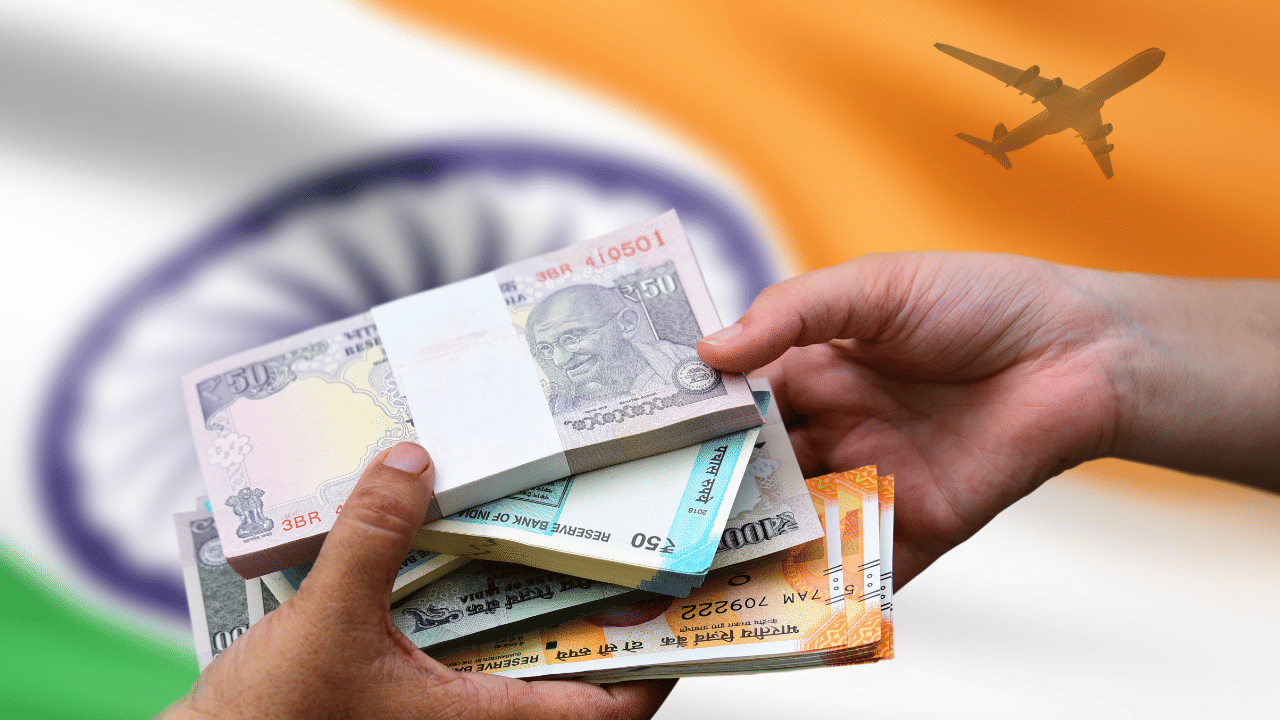Kolkata: In a few hours an additional 25% of tariffs will kick in on imports from India into the US, taking the total tariff to 50%. While it is a punitive tariff designed by US President Donald Trump, it is also a back-handed recognition of the importance of Indian markets to US goods. In sheer numbers, India has the one of the biggest and fast growing domestic markets in the world. Its domestic markets not only offer a stable ground for its own companies but also are a major attraction for investors from abroad who want to tap this deep and wide market. In fact, one of the primary reasons, Donald Trump has erected tariffs walls before imports from India is to force New Delhi to grant it access to that huge market.
How much will Trump’s tariff whiplash hurt India? While the sudden tariffs will definitely impact some sectors like shrimp and gems and jewellery, it is unlikely that there will be a deep impact. While one of the reasons is the existence of a deep domestic market, another reason is that India is not an export-oriented economy. This is one of the reasons why India’s GDP growth is not threatened by Trump’s tariffs and international agencies — ironically those based in the US — have stuck out their necks to say so.
S&P upgraded India’s rating
In fact, the irony is too stark to be missed. While Trump used the word “dead” to describe India’s economy, just days after Trump raised the tariff on Indian imports to 50%, S&P upgraded India’s sovereign rating to BBB, from BBB- with a stable outlook. S&P argued that economic impact will be “manageable” since 60% of India’s growth is attributable to domestic consumption. “… we envisage the overall impact to be marginal and will not derail India’s long-term growth prospects,” said S&P analysts. S&P also mentioned that India’s GDP growth is likely to be at 6.5% in the current financial year. Significantly, India’s GDP expanded by the same rate in FY25, when no such punitive tariff was in the picture.
Going by sheer numbers, exports to the US stood at $79 billion — about 2% of the GDP. Of this amount about $45 billion (1.2 per cent of GDP) could be affected by the 50% tariff.
RBI governor’s assurance
At an administrative level, the Centre is exploring the financial assistance that it can extend to some of the sectors that could face the impact of the increased US tariff. On Monday, August 25, RBI governor Sanjay Malhotra said that the central bank will take policy measures to support sectors like gems and jewellery, textiles, apparel, shrimps and MSMEs that are threatened by the harsh US tariffs. “Whatever support is required from us for the growth of the economy and including those of the sectors which are impacted more, if it so happens, we would not be found wanting in our job,” Malhotra said.
Push to reforms
Various experts have recommended that the Centre should take this opportunity to push through reforms that are essential to ease business and consumption. These are in the domains of land, labour and sunder business reforms. If need be, RBI could also slash interest rates to boost consumption.
Giriraj Singh, Union minister of textiles, which is one of the sectors that are likely to be affected, has held review meetings with major stakeholders to to suggest structural reform, identify strategies for new markets and focus on competitiveness. He has emphasised that “with its inherent strengths, robust industry-government collaboration, and relentless focus on innovation, India’s textile sector is well-positioned to turn current challenges into stepping stones for sustained growth in the global marketplace”. A target of $100 billion in exports has been set to be achieved by 2030.
At another level, India is set to usher in GST reforms wherein prices of most items are set to decline that will likely result in increased consumption. If consumption rises, the chances of private capex rising becomes brighter. If private capex can be nudged up, it will go a long way in mitigating the impavct of the US tariffs on GDP growth, think experts.
